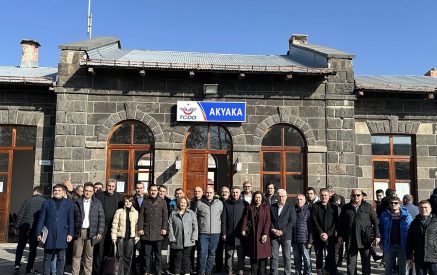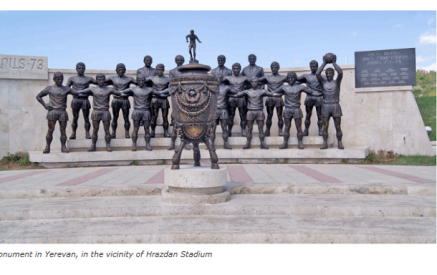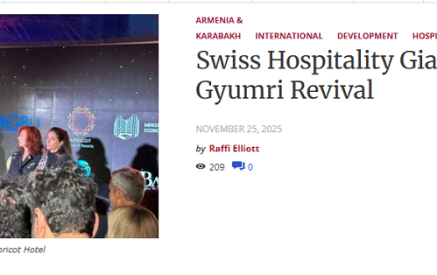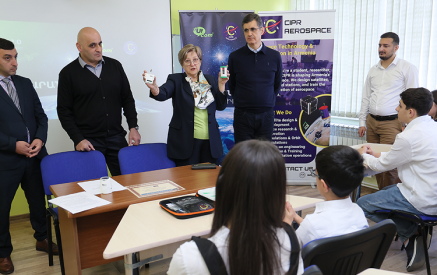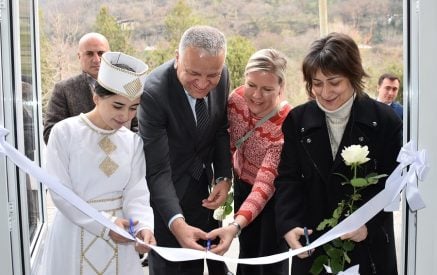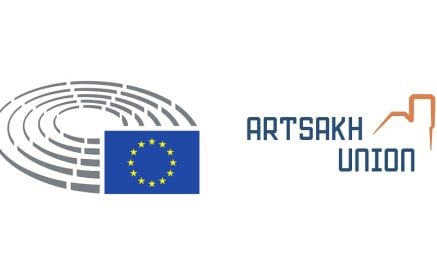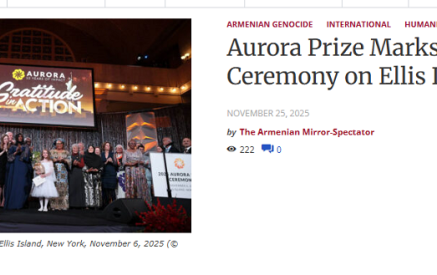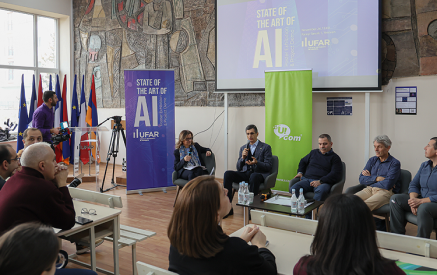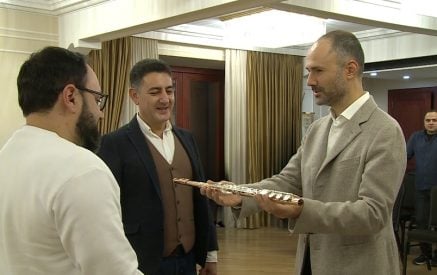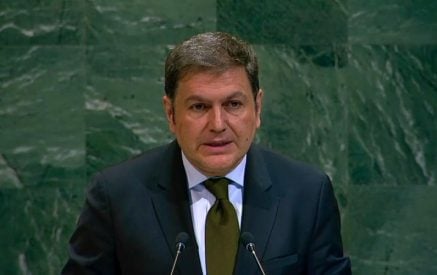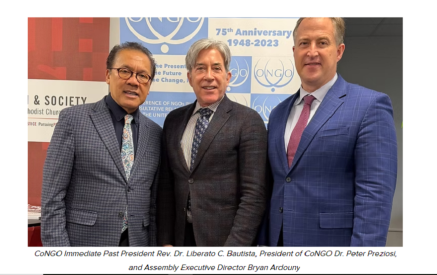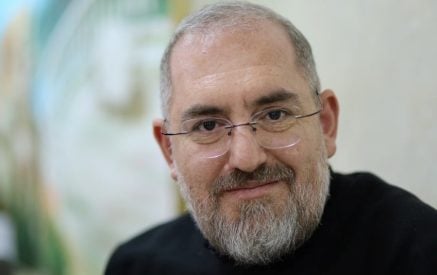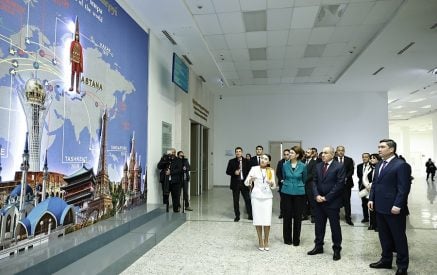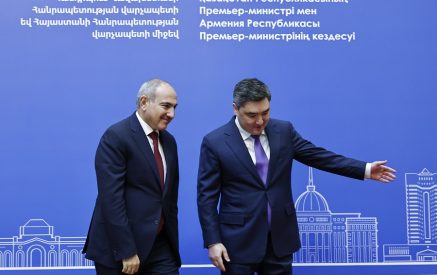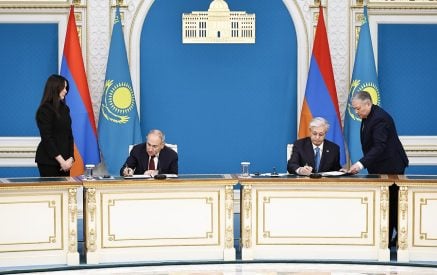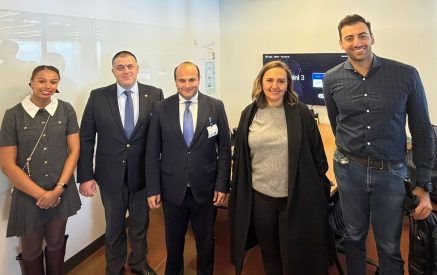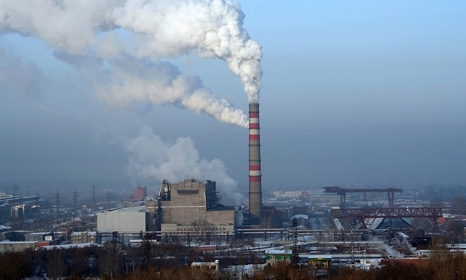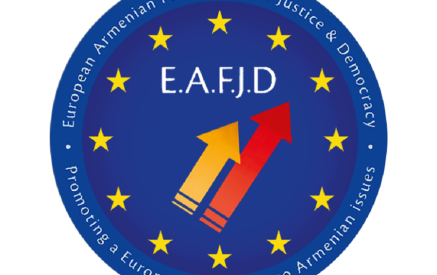Belarusian cities are trying to cut carbon dioxide (CO2) emissions. But how are they doing this, and most importantly, why?
Belarus, although it has ratified the Paris Agreement, does not treat energy efficiency, ecology and CO2 emissions as main problematic issues for the authorities. This is understandable, as the numbers do not look bad: in the global Environmental Performance Index, Belarus ranks 35th (behind Russia, but above the Netherlands and Belgium), pollutant emissions and energy consumption are falling (despite GDP growth), the share of renewable energy is increasing, and the costs of energy efficiency measures represent about 5% of GDP.
While the national authorities continue work to build a nuclear power plant, the Belarusian cities (which are home to 75% of the population) are beginning to resolve the issues of power economy and energy efficiency on their own. In doing so, they are following a global trend: in urban societies, the role of cities is on the rise. In the United States, for example, it is the major cities that are leading the opposition to Donald Trump on issues concerning the reduction of CO2 emissions (over 200 US cities have pledged their commitment to the Paris accord).
On our continent, the main engine of this process is the initiative of the European Union – The Covenant of Mayors. Through this initiative 7,500 cities from 42 countries try to cut CO2 emissions by 40% by 2030. Almost 30 of these courageous cities-participants are Belarusian.
According to Iryna Horodyska, Coordinator of capacity development, Covenant of Mayors – East project, Polack was the first Belarusian city to undertake the obligations of the The Covenant of Mayors in 2011, and it is still a pioneer in the region. “In total, there 28 Belarusian cities-participants. As a comparison, the first Ukrainian cities joined the Covenant of Mayors in 2009. In Ukraine, the total number of signatories has already reached 100, and those cities are home to about a third of the Ukrainian population,” she added.
“The Covenant of Mayors is a club of like-minded people, it provides access to the experience of other cities, innovative technology and financial resources. For example, the small town of Zhoukva (in the Lviv region of Ukraine) has drawn millions of euros of investment in the sphere of energy efficiency – several times more than the annual budget of the city!”
For the most successful participants, the European Union has launched the “Covenant of Mayors – Demonstration Projects” grant programme. Three Belarusian cities – Braslaŭ, Čausy and Polack – have already won grants and received more than €3 million (as well as technical expert assistance).
Project: Braslaŭ district – the first climate-neutral municipality in Belarus (2016-2018)
Total Project Budget: €735,140
What happens in the project: Braslaŭ will become the first climate-neutral district of Belarus. As part of the project, boilers will be modernised (straw boilers installed), central heating pipes will be replaced by isolated ones, solar collectors, heat exchangers and sound and motion sensors will be installed in public buildings, and 5% of urban street lamps will be replaced by LED lights.
“If we talk about the environment and CO2 emissions, the most problematic areas for Belarusian cities are transport, energy generation and buildings,” Zmicier Buronkin Project Coordinator at the Environmental Solutions Centre said.
“With the transport problem, it is clear we need to find a way to force Belarusians to use electric or other types of ecological transport. Developed countries are actively engaged in this issue, but it is not entirely clear how to adapt it to Belarus.”
According to Burenkin, in the energy sector, the main problem is peat, which produces many harmful emissions. At the same time, there is a programme for expanding the use of local fuels, and peat is considered for this exact purpose. “On the one hand, peat has turned out useful from the point of view of national power, but on the other, it is very harmful to the environment,” he adds.
And of course, there is the problem of apartment buildings. We have a lot of houses that are not insulated, especially those built in the time of the Soviet Union. The walls simply have very poor resistance to heat transfer, several times worse than the norm. It is difficult to convince residents to be more energy efficient if their houses consume a lot themselves.
But we understand that the population is a huge producer of emissions. If residents reduced their consumption by 10% and became more energy efficient, it would have a far greater impact than all of these strategies and plans, which cost a lot of money. It is not simply about advising people about energy efficiency, they should be able to take a thermal or light meter into a special data centre to check how much CO2 there is in the air.
Which spheres should be reformed?
– Energy. The energy market needs de-monopolisation and bigger support for renewable energy.
– Housing. The financing of measures should be dealt with differently, the quality of energy audits can sometimes cause issues and of course it’s time to start keeping detailed records of expenses.
– Informing the population. It is not enough to hang posters around the city. It is necessary to work more on creating economic incentives for citizens, so that they actively implement energy efficiency measures. These may be postponed payments or tax cuts, for example – there are plenty of options.
– Introduce revolving funds: for example, all the inhabitants of a house collect money and spend it on energy-efficient renovation. They monitor that the contractors do everything efficiently. The state commission then checks the results and, if the house has become energy efficient and everything has been done to a high quality, it covers part of the costs. It is good for everyone. The state saves money and residents improve their living conditions.
Project: Publicity: Energy efficient modernisation of public lightning in the city of Polack (2015-2018)
Total Project Budget: €1,630,521
What happens in the project: the city will shine with new lights: 16 central streets are to install new LED lighting, more than 40 historical sites will have decorative lighting, and about 70 intelligent lighting control units will be installed in the city. All this will be complemented by measures to promote energy efficiency and to increase outreach.
“If, a couple of years ago, the cities were cautious towards the initiative, now the situation has changed dramatically. Back in 2016, there were 17 signatory cities of the Covenant of Mayors from Belarus; today there are 28,” Ivan Shchadranok, National expert, the Covenant of Mayors – East said.
“If a city is working to reduce CO2 emissions to increase energy efficiencyas part of the Covenant of Mayors, it will be difficult to limit this to the areas of emissions and energy efficiency. For a good strategy, you need to develop a comprehensive document, a comprehensive vision of the city’s development. You will have to decide on policies and economic development, urban economy, urban spaces, transport, work with the public, and the environment.”
A good example is Polack. The city developed the Sustainable Energy Action Plan and execute it with the help of various projects. In the City light project, street lighting strategy will be developed for the city, it will not only help to reduce CO2 emissions, but also make public spaces more attractive for residents and tourists.
Cities are responsible for 70-80% of CO2 and are the major consumers of energy. The main question is how to make cities produce less CO2 emissions, but at the same time to increase the comfort of life for citizens, develop a competitive economy and create jobs.
“Here, we need to understand that the energy revolution is happening, a complete change of paradigm,” Shchadranok alerts. “By 2050, developed countries will reduce their energy consumption by 50%, compared to 1990. Alternative sources of energy will have a completely different role. They will not be subsidised; on the contrary, the state will offer a platform for generating power from alternative sources. These technologies allow us to be not only consumers, but also producers of electricity or thermal energy, to exchange energy within urban neighbourhoods. It is in the development of these technologies that developed countries direct their funds.”
Project: System of automation for vision of energy and water in the city of Čavusy: Save Water (2015-2017)
Total Project Budget: €595,269
What happens in the project: the city is awaiting a major modernisation: the launch of a smart system of monitoring and management of water supply, the installation of biosensors, the upgrading of the central sewerage system, and the implementation of an automated system for commercial accounting of electric power consumption.
In comparison with 2013, the project will reduce loss of water by 8% per year, consumption of heat and electricity will down by 2.9% per year and CO2 emissions by 2.8% per year.
“Participating in the Covenant of Mayors has become a catalyst for active movement in the field of sustainable development. We began to develop the first strategies back in 2010,” Hanna Šendzerava, Project Manager, Čavusy district executive committee said.
“However, we understand that it is the residents who must move the energy saving process forward,” she adds. “One of the goals of the project is therefore to engage up to 20% of residents of the district in these processes. To do this, we are creating a special “Water and Energy” public and information centre, which will be equipped with “smart” stands for a variety of interactive experiments. We also do educational work through social networks and urban mass actions such as the ‘European Sustainable Energy Week’ and ‘Earth Hour’.”


